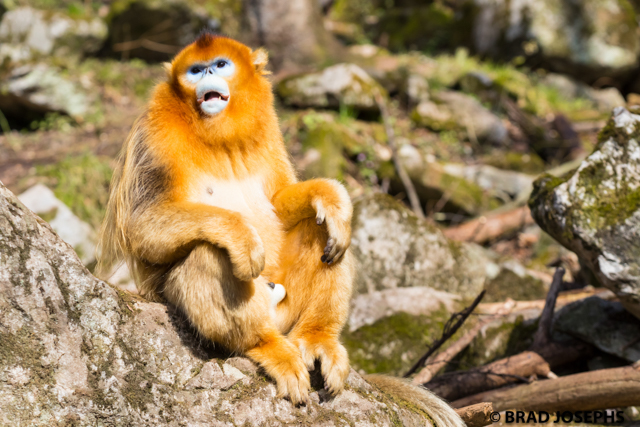
The golden monkey is, in my opinion, the most unique and beautiful primate I have ever seen. They live at a colder average temperature than any other primate aside from humans. They look like something that only Dr. Seuss or George Lucas could dream up.
One of my goals while I am guiding in China is to break down some of the stereotypes that the world has about this vast, misunderstood country. China certainly has lots of problems and does some things we don’t approve of, but so do the United States, Canada and many other countries! Look what happened to the wolves, grizzlies and Great Plains bison of the lower 48 states, the passenger pigeon, and the current destruction of the tar sands of northern Alberta. So in this post, I will briefly describe a few conservation miracles from the beautiful side of China that I love, and which deserve some appreciation.
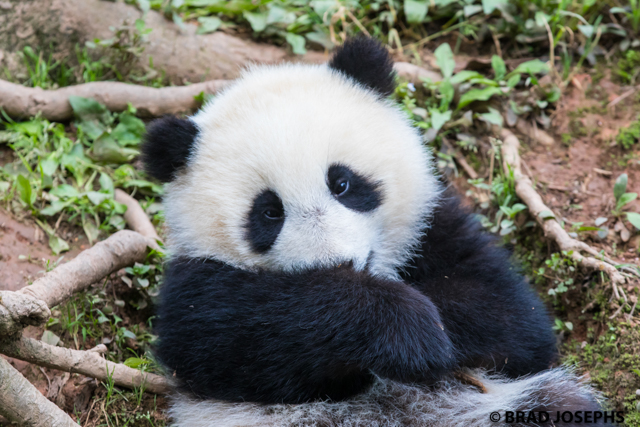
Giant panda cub at Bifengxia Panda Base, Sichuan Province.
The conservation story of the giant panda being saved from almost certain extinction is perhaps the greatest display of wildlife conservation in world history. Between 1949 and the 1980s, panda habitat was devastated. Deforestation during China’s Great Leap Forward, when wood was used to fuel millions of “backyard steel furnaces,” shrunk and fragmented the bamboo forests that pandas need to survive. In the 1980s, the Chinese government realized it might lose one of its national treasures, the panda, and invited World Wildlife Fund into China, which at the time was closed to all foreign entities. George Schaller, one of my heroes, lived in extremely remote regions of Sichuan and performed the first study of these mysterious, elusive animals. During this time, there was a massive flowering event of nearly all the bamboo in the remaining sections of panda habitat. When bamboo flowers, it dies — and since pandas rely almost exclusively on bamboo, they were losing their staple food source. Starving pandas were rescued and bred in Wolong and Chengdu breeding centers to boost numbers. Now, there are still only about 350 pandas in captivity in China and other zoos around the world. So far, well over $10 billion has been spent on panda conservation, and that is a very outdated number. Very recently, the number of wild pandas has increased by estimated by 17 percent, and its habitat has grown by 12 percent in the last 12 years!
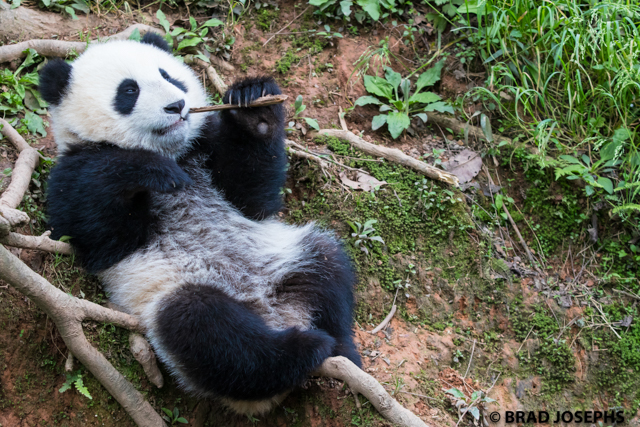
Eight-month-old panda cub, Bifengxia Panda Base.
Some folks criticize the panda conservation history story because they say that the money could have been used in better ways elsewhere around the world, but I disagree. It is important to realize that pandas do pay for themselves. China rents pandas to zoos in other countries for a million dollars per year, and half of that money must, after a lawsuit by the USFWS and WWF in the late 1990s, go directly to panda research and conservation. Now, China and WWF are continuing to protect and connect more panda habitat (there are currently 67 pandas reserves) and introduce captive-born pandas into the wild. A total of six pandas have been released so far, and several bases are used to train pandas to acclimate to the wild.

Another reason I think the resources were well used in saving the panda from extinction is that the panda is an umbrella species, meaning all of the other organisms in one of the most diverse and spectacular ecosystems on Earth were also saved. One of these animals is an amazingly beautiful primate called the Sichuan golden snub-nosed monkey. I have seen golden monkeys in the wild twice in my life, and recently visited Foping National Nature Reserve to get a really close look. There are around 1,200 wild golden monkeys in the reserve, and one troop of around 70 have been habituated to people through a supplemental feeding program. These monkeys are still wild and utilize all of their natural foods in the forest, but each day around 20 or so come down to get a little extra food. People can view these monkeys and cannot help but fall in love! Primatologists also carry out some of the only studies on the monkeys here because they are not afraid of people like the rest of the wild monkeys.
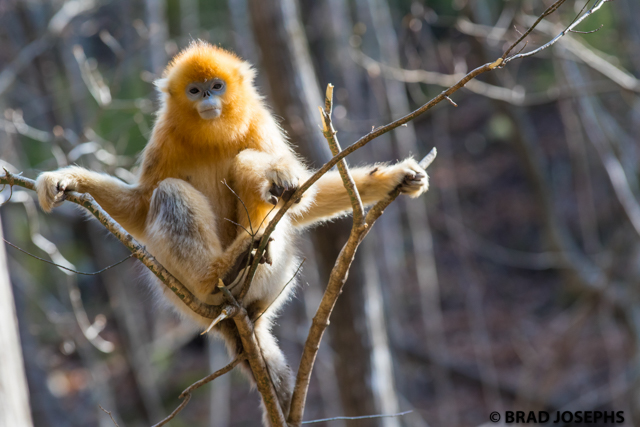
Young golden monkey.
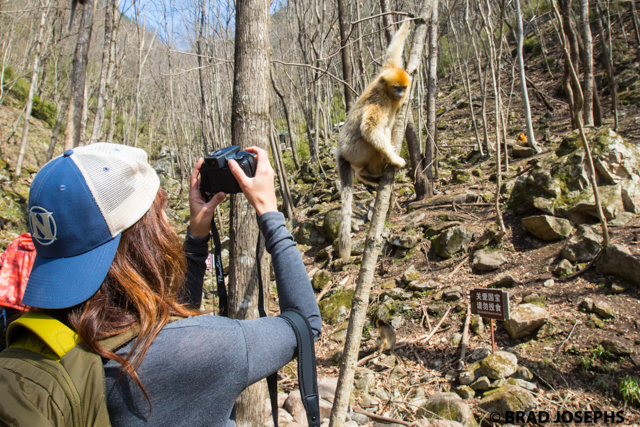
Viewing golden monkeys up close and personal at Foping Nature Reserve, which is also very important giant panda habitat.
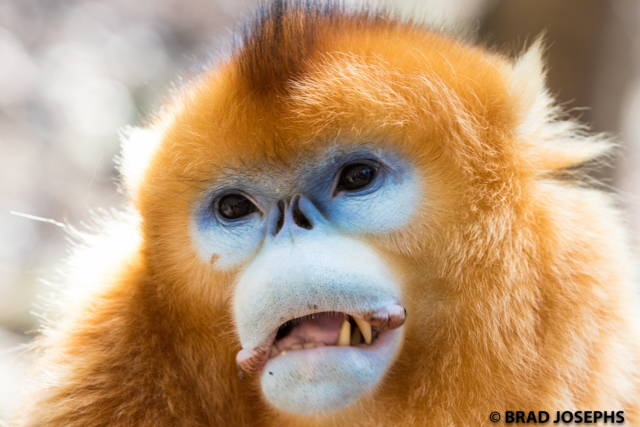
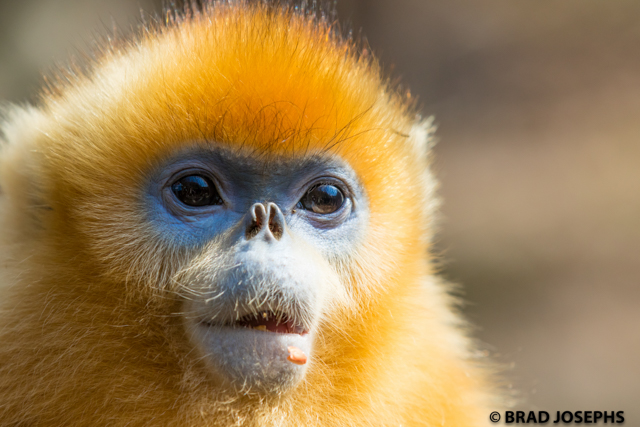
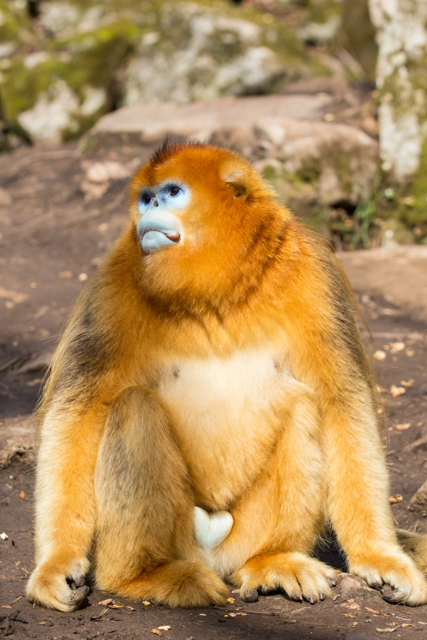
Another incredible conservation miracle from China is the crested ibis story. These beautiful birds were declared extinct in China and Japan until seven ibis were found in a wetland near Foping, Shaanxi Province, China in 1981 and a breeding program began. This population grew, and they were reintroduced into Japan in 2008. There are currently 130 colonies in China, and in 2012 the first wild ibis hatched in Japan.
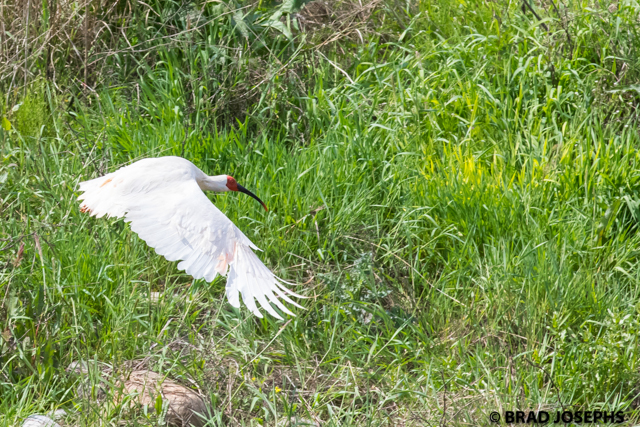
Crested ibis (nipponia nippon) in a wetland area in Shaanxi Province, China.
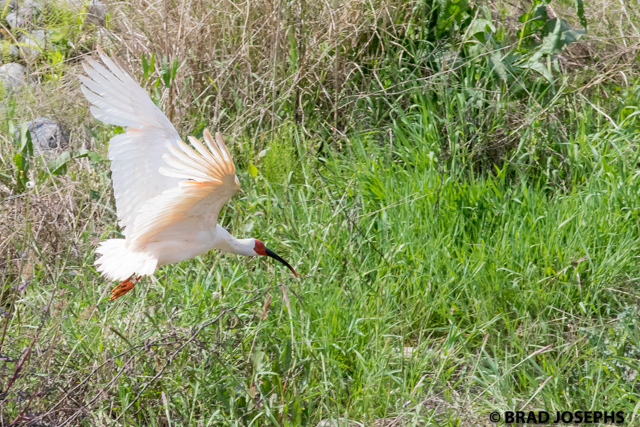
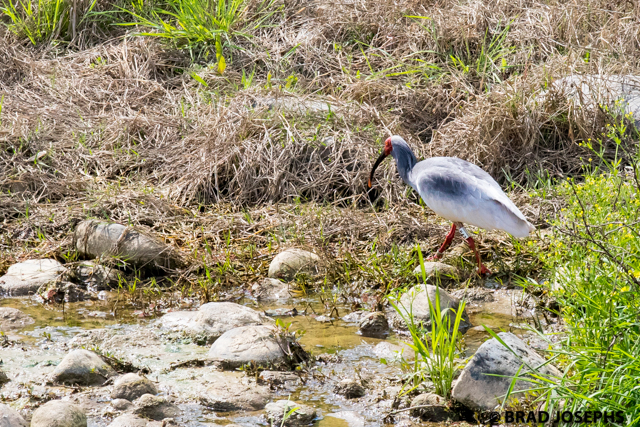
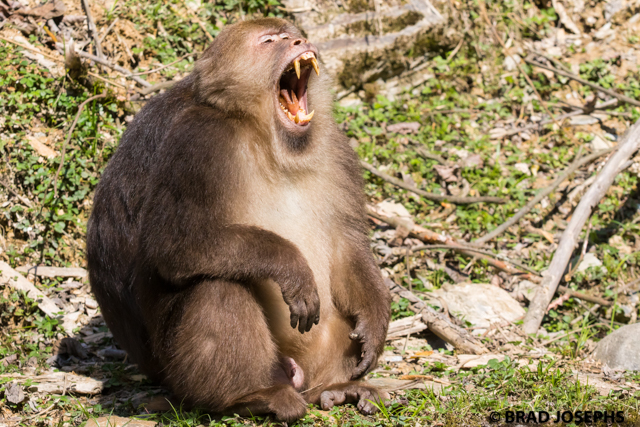
The Tibetan macaque is another cool primate that survives under the protection of the giant panda.
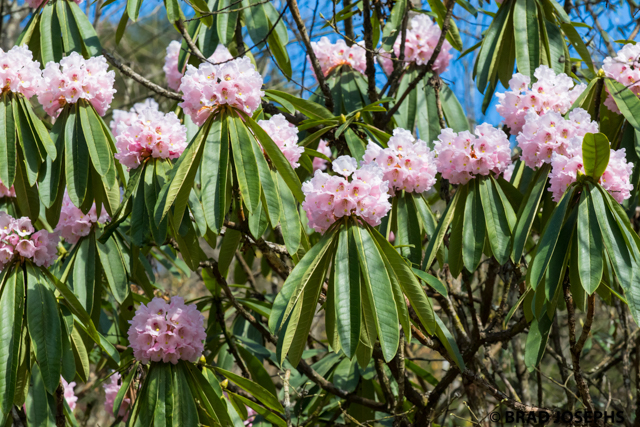
There are 118 species of rhododendron native to China, many of which can be found growing naturally in the 67 giant panda reserves in China.
I remember when conservationists encouraged a tourism ban in Alaska to protest predator control. All this did was really hurt people like myself who make their living from responsible ecotourism. I have also heard many people tell me they would love to visit China with Natural Habitat Adventures, but do not want to support China because of the black market trade in endangered species. Again, only the good people, who are committed to helping put a value on intact wildlife populations, are hurt. I am a firm believer that responsible ecotourism is the best way that people can support wildlife conservation. So here’s to the wild China that you never hear about on the news!

Wild rhododendron in wild panda habitat.

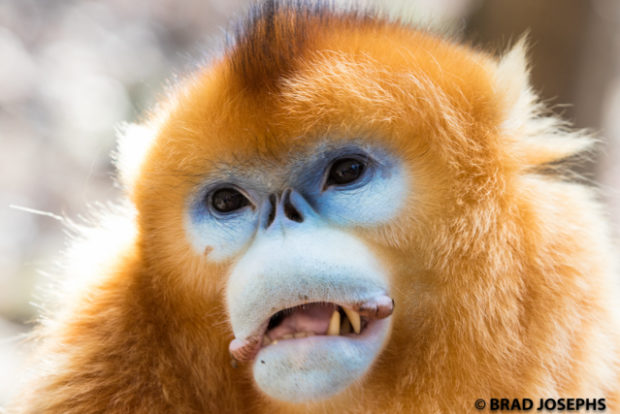



2 Comments
Great blog Brad and fabulous pics. And u r so right , every country has their own issues and protecting our wildeilfe and habitats is something we all need to take a look at and learn the value of doing so.
I always learn something important from you Brad. Your work is so important for educating people like me. Thank you.